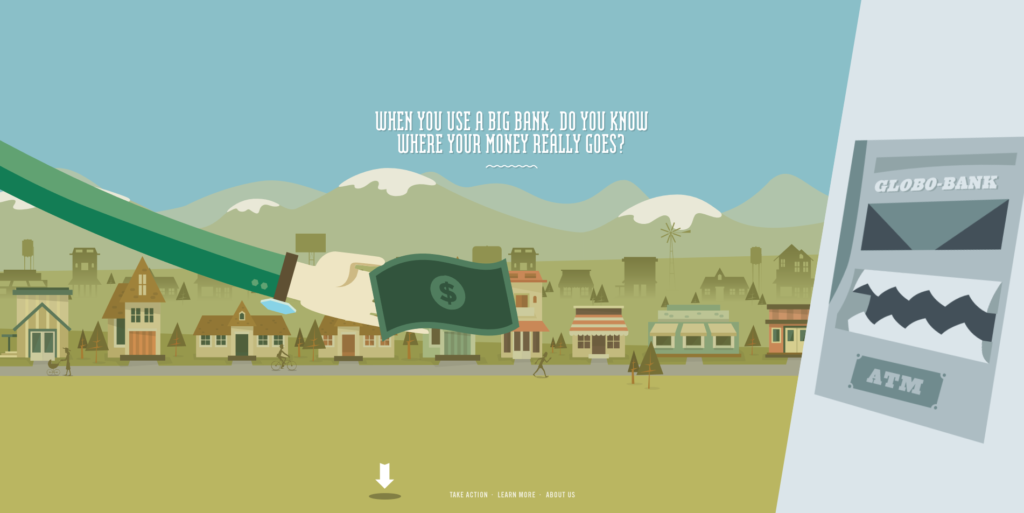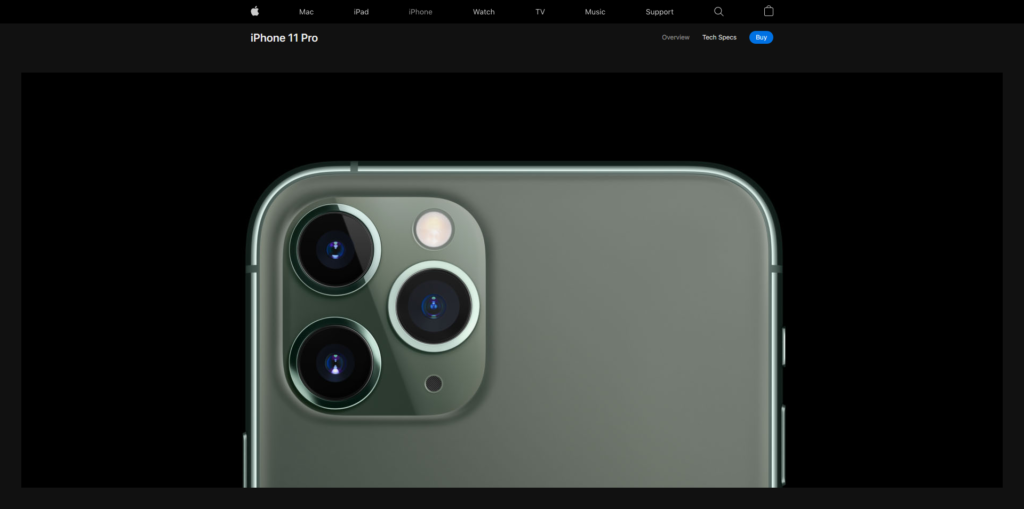Leaving social media aside, your website is the crux of your online presence. The place where you feel comfortable enough to showcase all the ins and outs of your business. The meaty details and the precise work that you’re doing. Your website is where visitors finally get to see the true scope of what you have to offer. After you’ve earned their interest, the cards are now in your hands to prove that you are better than all the other competitors.
And how do most websites decide to do just that? Data. SEO. Services. Products. Words. More data. SEO. More words. And more SEO. And should we mention more SEO? So much SEO and so much data that they draw the life out of all these search engines. Too much SEO is a recipe for disaster as algorithms will basically shove your website everywhere and then nowhere because when everyone is rich, nobody is. Correct? However, the technical impact of such tech overloading is the least of your worries.
Too much of too much can tire the visitor. Only enthusiasts stay for blabber. The others stay because something on your page resonated with them. That usually is the story they experience.
The biggest issue is the factor of conversion. Whenever you have a potential customer that engages with your website and comes back. That’s a conversion. When they complete a form or read your newsletters and blog stories, that’s a conversion. When they check stuff because they want to see more because they want more, that’s a conversion. And conversions are the hardest to obtain because hits are just part of the process of gaining and keeping customers. The main goal is to have the highest possible conversion rate of your visitors. The more people come back to your website, the higher the chances they will commit to a more lucrative purchase. Too much of too much can tire the visitor. Only enthusiasts stay for blabber. The others stay because something on your page resonated with them. That usually is the story they experience.
Your website as a whole needs to tell a story. Each page individually could tell a different story as well. The stories you tell have to be created with your target audience in mind. And that is tricky because people are different, therefore visitors are different. You can’t just drop everyone in the same casket and assume your tricks will land.
Original and intriguing text represents the foundation of a good story. But the means to deliver it are plenty. You can adapt your website’s design to tell the story through images and flash animations rather than using too many words. A great example of this would be the website for Make Your Money Matter movement dedicated to converting Millennials into credit union members. They could have easily gone for crazy words and data. Instead they have chosen a more refined, simplistic and engaging way to communicate with their target audience. Check it out!

In case of selling products, simplicity can make quite the statement! Apple’s iPhone 11 Pro landing page is the perfect example of that. A page that is very calm to the eye and illustrates the optimal story about the ability of their phone. The page almost makes you forget that they might be behind other manufacturers at this point. And that’s the goal isn’t it? Because the story is what sticks.

Same goes for the Nike advert “We Are Jordan”. A piece that promotes the Jordan brand without using details about the actual products. Instead, the page almost functions as a motivational LP, connecting the brand to bigger than life moments through both imagery and text, sparking discussions between users, asking them to recollect their stories about their first pair of Jordans.

But we believe one of the best examples of innovative product advertising has to be Bagigia’s website. A bag shopping website that presents their bag by literally… having you “manually” opening it and uncovering all the details. How can you not purchase one after this sort of an experience?

Other examples would be websites created as movie teasers. Most of them often include certain flash games and puzzles, telling both an engaging story as well as compelling the user to remain interested, in time, surely developing his interest for the film to be released even more. That is a successful conversion rate.
And that’s where good storytellers come in. Copywritting skills that actually sell products. Get that first and then build everything else around those stories. Yes. You heard it right. Create the story first. Build the website after. Chase the conversion rate. Resonate with your audience and raise your stock. Or you can squeak those SEO numbers until they implode. Your choice.

